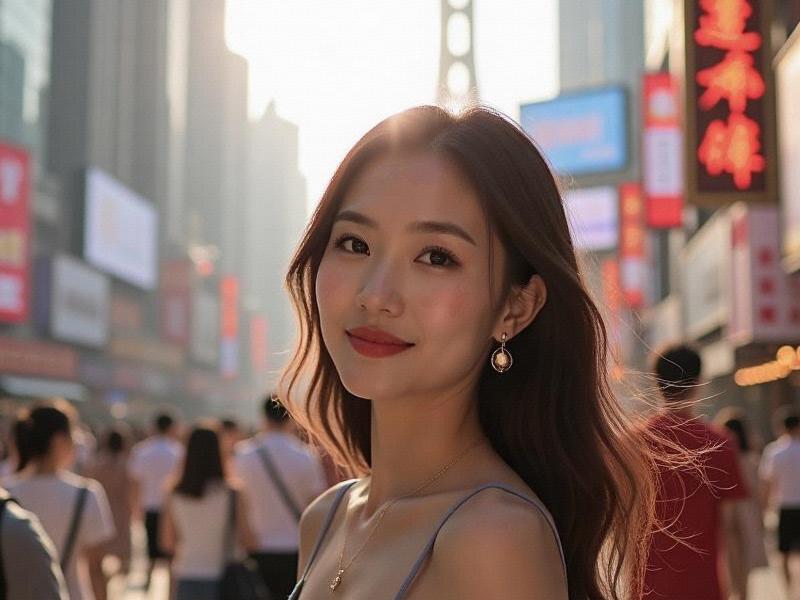This in-depth feature explores how Shanghai women are redefining Chinese beauty standards while balancing global influences with local traditions in one of Asia's most fashion-forward cities.

The streets of Shanghai serve as an ever-changing runway where centuries of beauty traditions collide with futuristic fashion experiments. From the qipao-clad socialites of the 1930s to today's tech-savvy influencers blending augmented reality makeup with Song dynasty hair ornaments, Shanghai women have long been China's beauty pioneers.
Market research reveals Shanghai's unique position in China's $80 billion beauty industry:
- 63% of local women regularly use both Western and traditional Chinese cosmetics
- 42% have tried at least one high-tech beauty treatment (vs 28% nationally)
- The city accounts for 22% of China's luxury fashion purchases despite having just 1.7% of its population
夜上海最新论坛 Shanghai's beauty culture thrives on paradox. In the French Concession's boutique salons, customers might receive Gua Sha facial treatments using jade tools alongside LED light therapy. The Nanjing Road pedestrian mall showcases this duality perfectly—ancient tea houses selling pearl powder sit beside holographic makeup mirrors analyzing skin conditions via AI.
Three generations of Shanghai women exemplify the city's evolving beauty ideals:
1) The Grandmothers (70+):
Still faithful to "雪花膏" (snowflake cream) and meticulously coiled buns, these survivors of the Cultural Revolution view beauty as quiet dignity
上海龙凤论坛419 2) The Career Women (35-55):
Mastering the "power bob" haircut and minimalist luxury aesthetic favored in Lujiazui's financial towers
3) The Digital Natives (under 30):
Creating viral Douyin looks that mix Hanfu elements with cyberpunk colors and biotech skincare
上海龙凤419会所 The beauty industry's economic impact is staggering. Shanghai's cosmetic import volume reached $5.2 billion in 2024, while local brands like Pechoin and Herborist are gaining global recognition. The newly opened "Oriental Beauty Valley" in Fengxian District—dubbed "the Silicon Valley of Cosmetics"—houses over 300 research centers developing everything from AI color matching to sustainable packaging.
Cultural preservation remains crucial despite rapid modernization. The Shanghai Museum of Textiles recently launched a program teaching young designers ancient embroidery techniques used in cheongsam-making. Meanwhile, universities offer courses in "Neo-Chinese Aesthetics," exploring how to reinterpret historical beauty standards for contemporary life.
As Shanghai prepares to host World Expo 2026, its women continue redefining what beauty means in globalized China—proving that looking forward needn't mean forgetting the past, and that true style emerges from cultural confidence rather than blind imitation. Whether through a perfectly blended eyeshadow or the subtle drape of a silk scarf, Shanghai's beauty remains, as always, in the details.